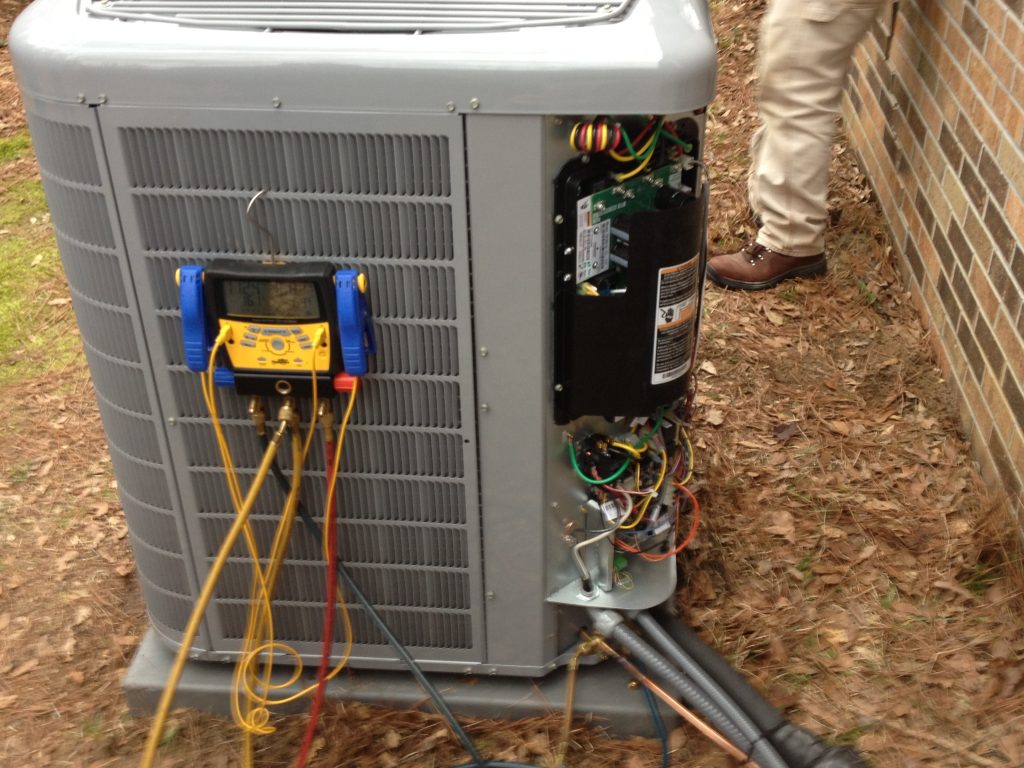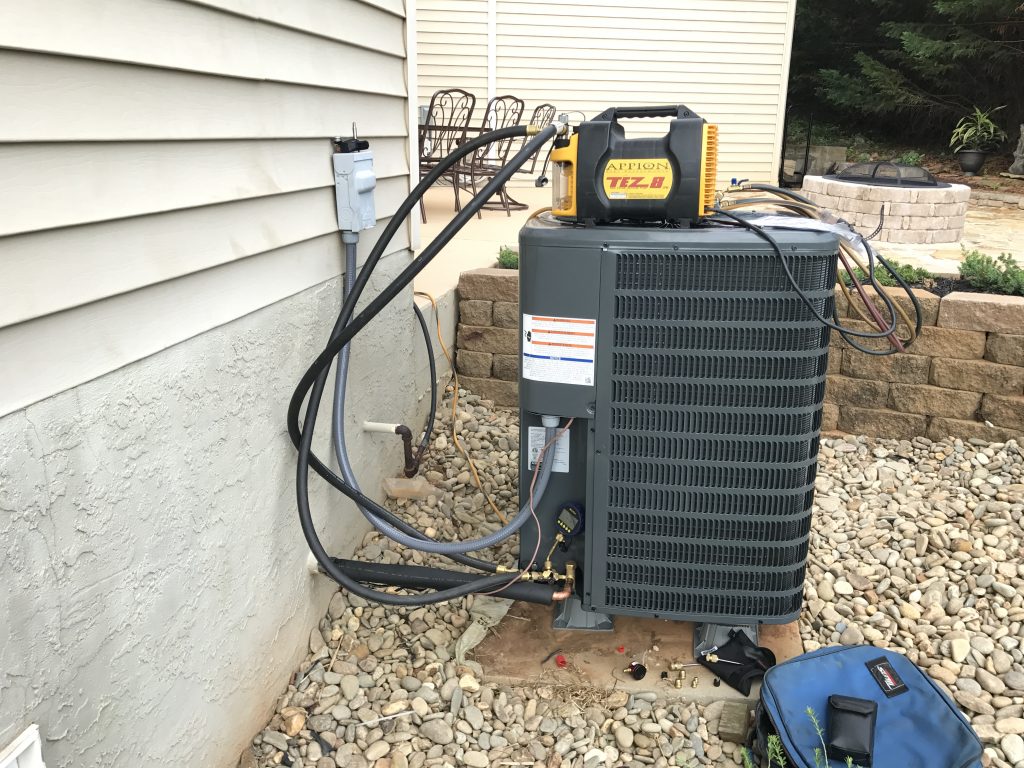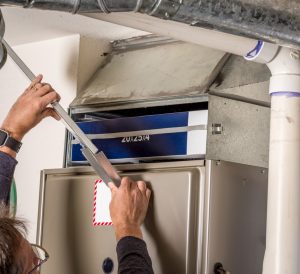 The Symptoms
When a restriction occurs in the refrigerant, it will back up against it. Therefore, there will be more refrigerant before the restriction and less after it, something like a jam. The restriction causes a pressure drop where a lot of pressure is found in the inlet and the outlet side has lower pressure.
First, you need to know that the restriction exists and that’s where you notice the symptoms. Some of the common restrictions on HVAC equipment liquid lines, especially those without receivers include the following.
The Symptoms
When a restriction occurs in the refrigerant, it will back up against it. Therefore, there will be more refrigerant before the restriction and less after it, something like a jam. The restriction causes a pressure drop where a lot of pressure is found in the inlet and the outlet side has lower pressure.
First, you need to know that the restriction exists and that’s where you notice the symptoms. Some of the common restrictions on HVAC equipment liquid lines, especially those without receivers include the following.
- Low suction pressure
- Very high subcooling
- A lot of superheating
- Looking at your readings carefully to prove that you actually have a restriction.
- Performing a visual inspection and applying your common sense.
- Take all the necessary temperature measurements till you find the restriction.
- Use a thermal imaging camera to identify the restriction immediately.



